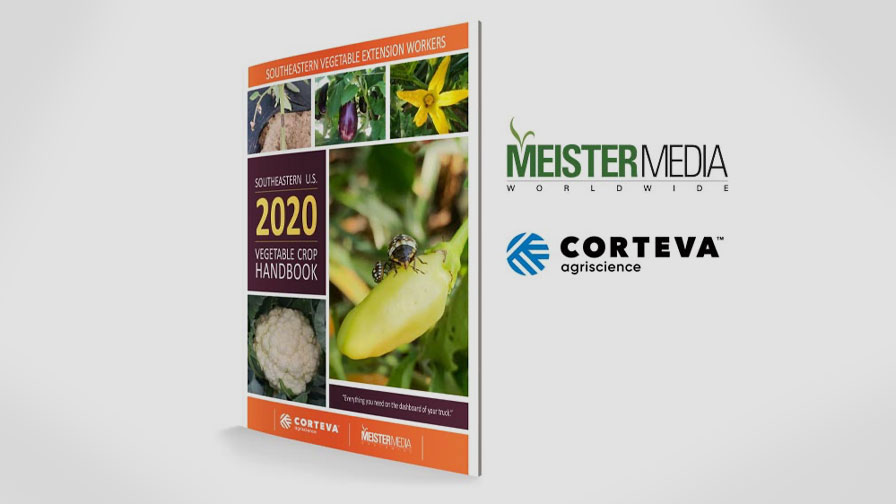Knowing When to Irrigate Is at Your Fingertips
Irrigation apps on cell phones and desktop computers provide growers with information and flexibility to schedule watering times, water amounts, and to understand irrigation equipment performance. Some apps are available throughout the U.S. Others are tailored to specific geographic areas. Many irrigation apps rely on a steady stream of data from local weather stations to inform growers about factors like rainfall, humidity, and temperature.
“We knew we needed to get away from the once-a-week snapshot of moisture conditions,” says Gregg Hibbits, General Manager of Mesa Vineyard Management in Templeton, CA.
Hibbits oversees vineyards in Oregon and California. He says the solution for one location may not be the same as for another.
“We are trying to achieve our goal of better water management while recognizing that there are a number of good options. We try to give our managers flexibility to purchase what they like as long as (the software) fits with our basic philosophy,” says Hibbits.
Groups Assist App Developers
Agricultural associations like Western Growers (WG) aid app developers by connecting them to growers at events, through introductions, and by providing grower-accessible office space.
Dennis Donohue, innovation lead at WG, manages the Western Growers’ Center for Innovation & Technology in Salinas, CA. The Center, which opened in December 2015, provides space for ag-related software startups to rent an office, develop apps onsite, and network with growers at industry shows.
Kevin France, CEO of Sustainable Water and Innovative Irrigation Management (SWIIM), is an agricultural software developer. France says his company benefits from having a space at the Center. The company has a relationship with WG that predates the Center.
SWIIM’s app allows a grower to see how much water they are delivering to the field and how much water the crops are consuming.
“We capture information 80,000 times a day from different sensors on smart technology in the field. We utilize satellite and weather networks in Arizona, California, and Colorado,” France says. “We also connect to telemetry data (instrument readings) from other areas of North America and Europe.”
France says measuring water use helps growers work better with water management districts. Water management districts set the rules and prices for water delivery in drought-prone areas like Southern California.
Talking To Valves
Leif Chastaine, COO of WaterBit, another company that has an office space at the Center, says his company manufactures automated irrigation systems as well as engages in app development.
“We build a radio unit that talks to soil moisture probes, capturing data that a grower can then view and analyze in our app,” says Chastaine. “Our radio unit also talks to valves in irrigation systems, enabling a farmer to open and close them as needed.”
Chastaine says WaterBit eliminates “all of the labor and time to close valves by hand. WaterBit also enables growers to understand water use, which can help them to optimize overall energy consumption. We validate how scheduling occurs with our growers.”
He also says WaterBit’s hardware and software allow growers to retrofit existing irrigation systems without having to trench and pull copper.
“We work closely with a lot of almond, pistachio, and wine grape growers to make sure the plants are getting the right amount of water. Soil in the orchards may vary. Water application should vary with it. We help growers to irrigate more frequently when needed and avoid stressing trees and vines postharvest,” says Chastaine.
Troy Peters, Extension Irrigation Specialist at the Irrigated Agriculture Research and Extension Center at Washington State University, made his app, Irrigation Scheduler, stand out by designing it to be simple to use.
“A farmer chooses the estimated soil texture and the crop he or she is growing, as well as the weather station he or she wants to pull data from. The app automatically populates data, giving [the farmer] an idea of when they’re going to need to water and how much,” says Peters.
The grower is required to enter how much water has been used and how it was applied, he adds.
“One of the improvements we made is adding in a one-week forecast. Knowing the maximum and minimum temperatures for a region allows a grower to plan. We also provided the ability to download the data from past schedules into a comma-separated values file (a spreadsheet format like Microsoft Excel). This helps growers dig into the data and see what weather conditions they had in the past and what type of watering schedule they followed,” says Peters.
Crowd-Based Data
Jac le Roux, President of Irrinet, another irrigation water management company, says his app, Probe Schedule, stands out by being crowd-based.
“We capture data from weather stations, agricultural sensors, and online databases like Google Earth, and internally calibrate it all to the same standards,” says Le Roux. “We convert the information into an easy-to-read display with the same numbers for every data source.”
Le Roux says Probe Schedule can monitor a grower’s own flow meter to show the amount of water that reached his or her crop and the efficiency of the device.
“The app lets you see how much water makes it into the ground after a pivot turns and sprays. This is necessary because of seasonal variation. As an example, Washington’s Columbia Basin has hot, windy, and dry summers,” says Le Roux. “A device may have 80% efficiency at night but 50% efficiency during the day. When we see inefficiency, the app indicates to the grower that it would be best not to run the irrigation systems during the day.”
Le Roux says although the Probe Schedule is easy to use, it is also important for app developers to help growers understand the functions of mechanical equipment in the field.
“I often help growers install equipment. As I do, I share what details in the app mean to them,” he says. “Sometimes even if the app is doing its job, a grower may need more equipment to know how to irrigate better. I can install a pressure switch in an irrigation line that shows when the water is on or a pressure transducer that shows the actual pressure in the line. The pressure transducer allows the grower to know how long the water stayed on and when it stayed on. Growers need to know what they might be missing.”










